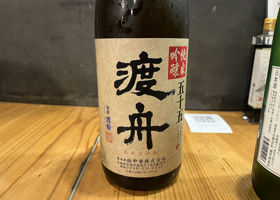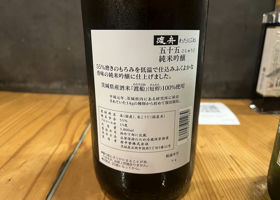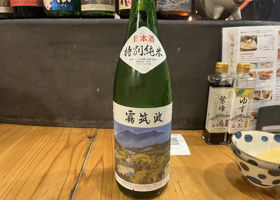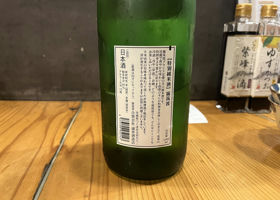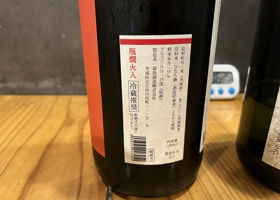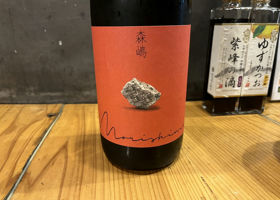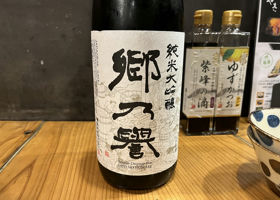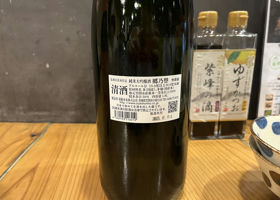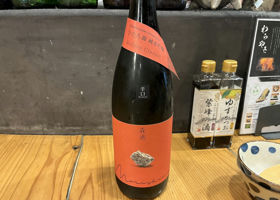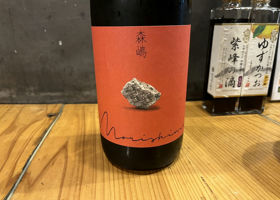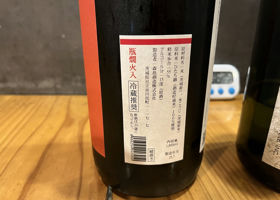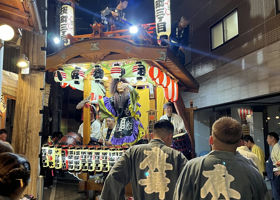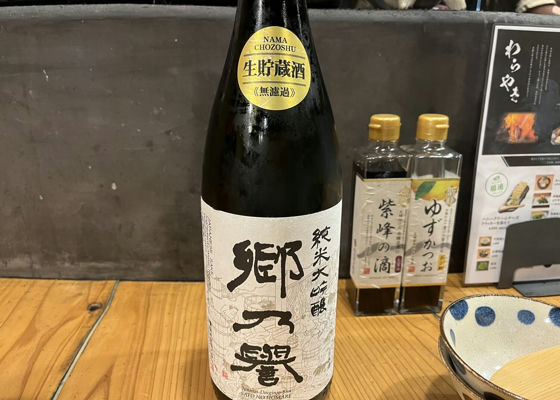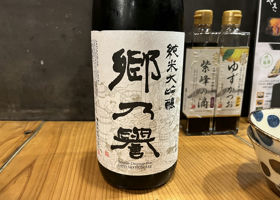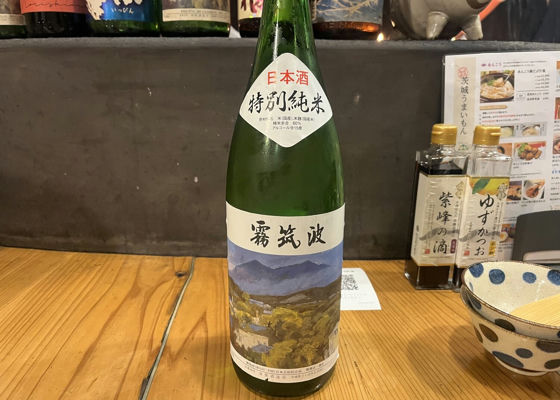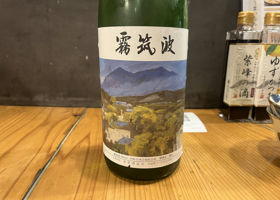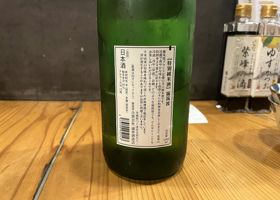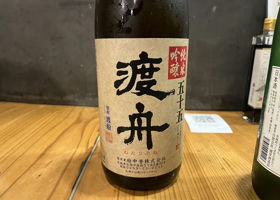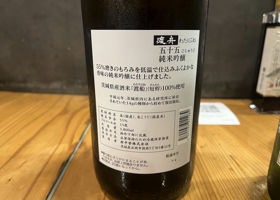Timeline
みんThis is a day for local sake in Ibaraki Prefecture🍶.
Made with 100% Ibaraki sake rice Watabune
It had a nice aroma and was medium-bodied? It was very delicious. ☺️ みんI think it was significantly better than the last one I had: ☺︎
It was dry, clean and easy to drink. みんStable taste, but...
I wonder if it is rather spicy among Morishima's...? 常陸国正宗The last drink of the day was Morishima!
It was quite different from the Morishima I had been drinking so far, it was quite dry and not so gassy (I was too full to taste it properly 😅).
We watched a float come by in front of the restaurant. There were no stalls around, so I didn't really know what kind of festival it was, but the atmosphere of a summer festival is great 😆. 常陸国正宗It was quite mellow? It tasted like it had matured!
This restaurant has many Ibaraki local dishes, uses a lot of local ingredients, and has a good selection of local sake! But as a resident of Ibaraki Prefecture, however, I have to ask, although they sell bonito tataki, can bonito tataki be considered Ibaraki's local cuisine? Is there such a thing as Ibaraki's local cuisine? I have a lot of questions 🤔The only local dish I can think of is ankou nabe?
Well, I still recommend it because it is the best sake and snacks! 😆 😆 常陸国正宗I was curious about Kiri-Tsukuba. The taste was mild and easy to enjoy!
It was the 19th (19) day of the year, so we enjoyed 8 slices of bonito (usually 1490 yen) for only 190 yen, so we ate more than we drank and our stomachs were about to get bloated 😂. 常陸国正宗It is said to be a sake made by reviving an ancient sake rice called "Watarabune" that had ceased to be produced (see introduction article below).
As the article says, it was quite fruity and delicious. It was my favorite of all the sake we drank that day.
Reviving Sake Rice and Using Wine Technology: Nikkei
https://www.nikkei.com/article/DGXZQOCC042PX0U5A600C2000000/ RecommendedContentsSectionView.title
